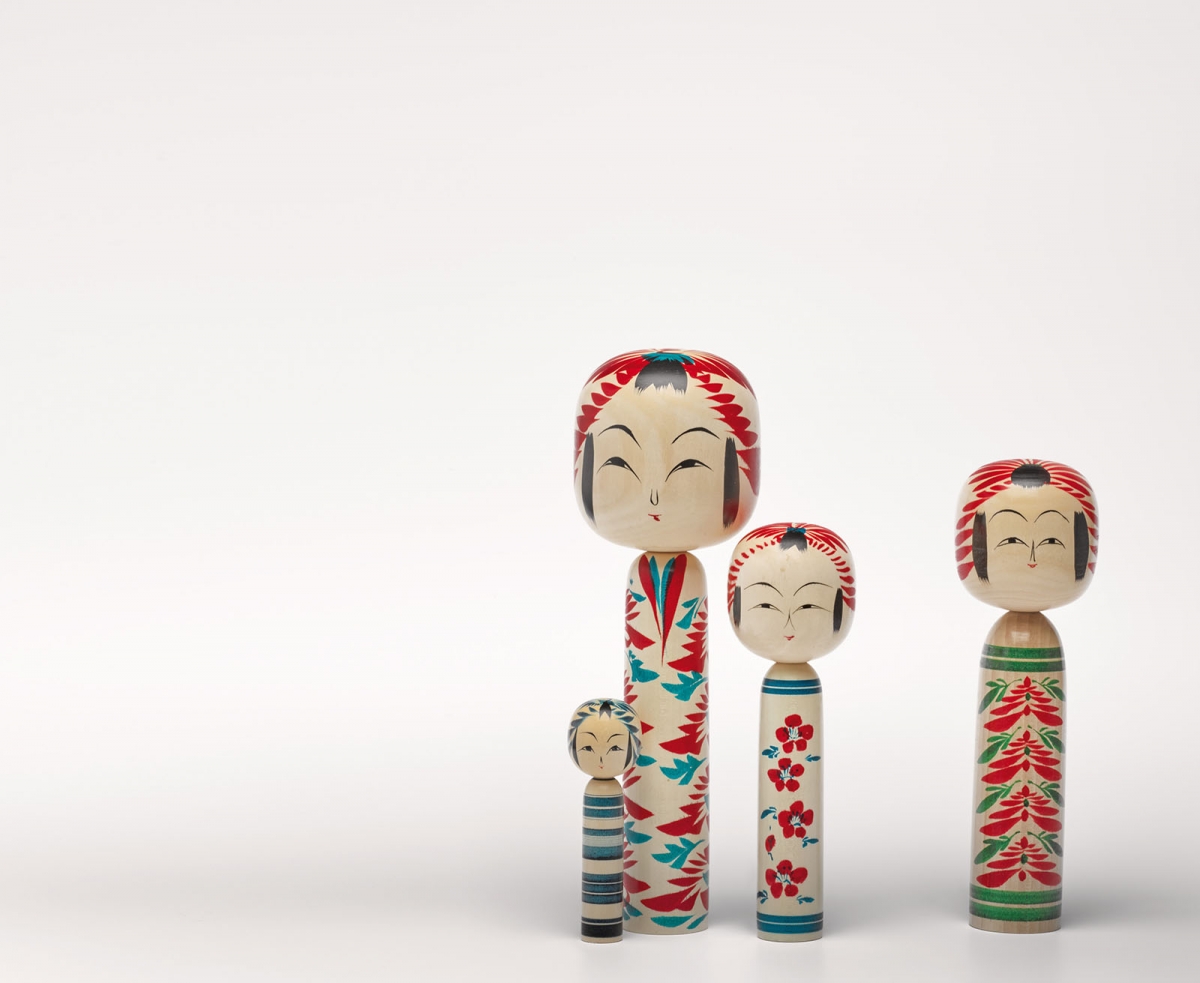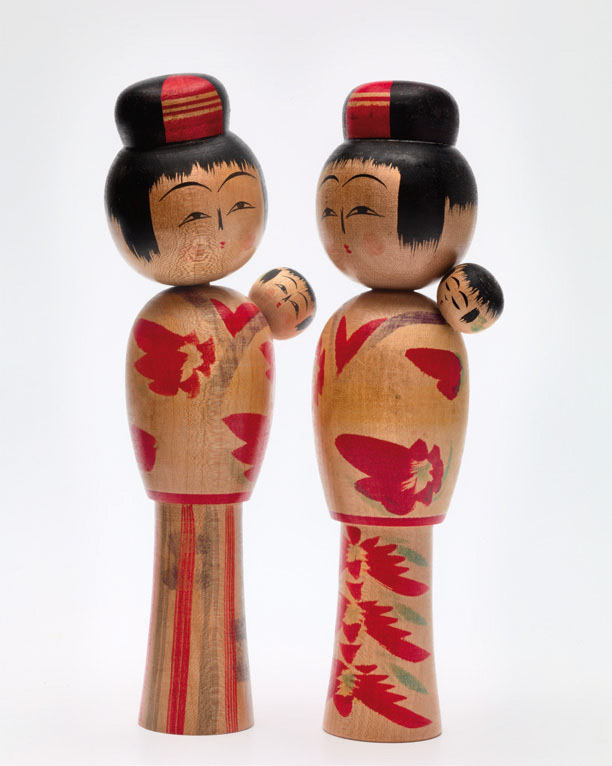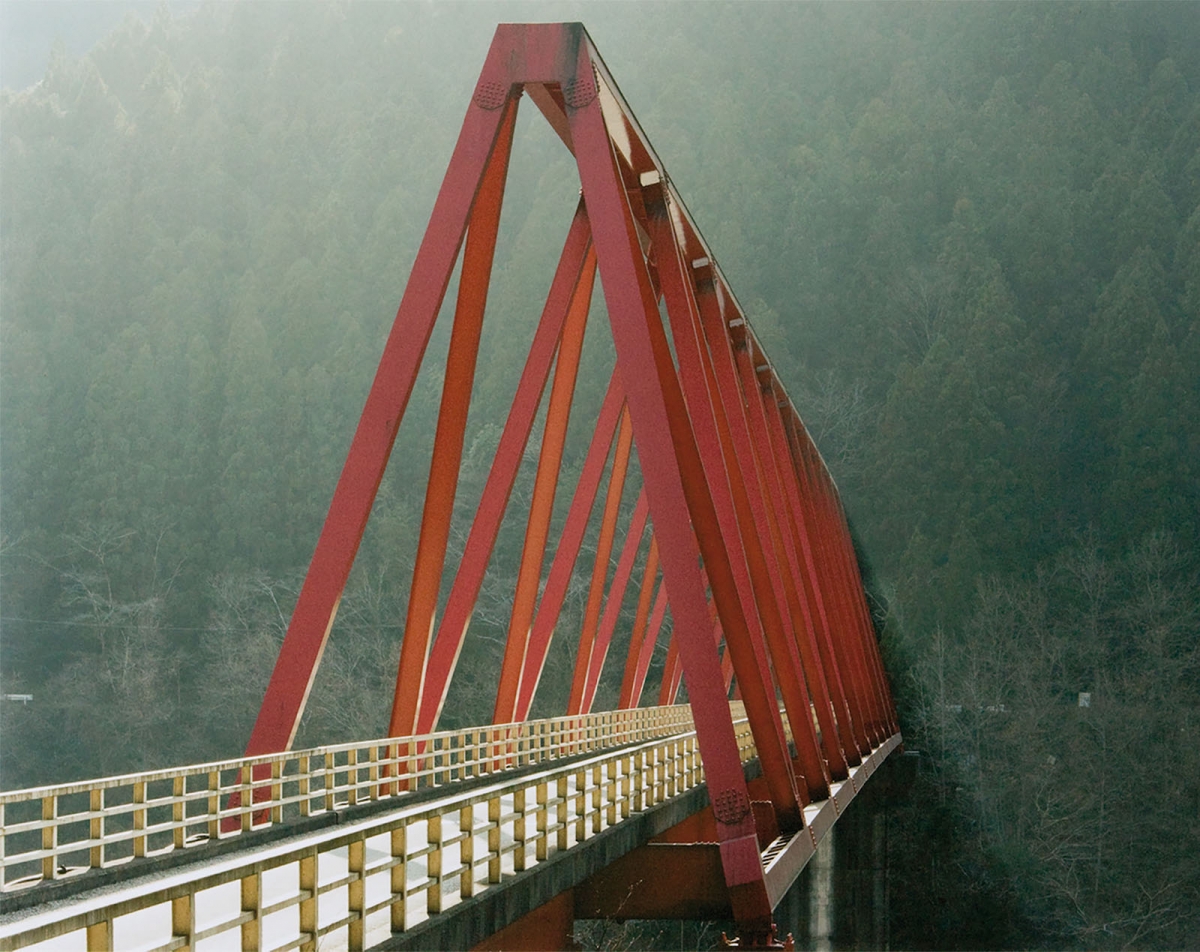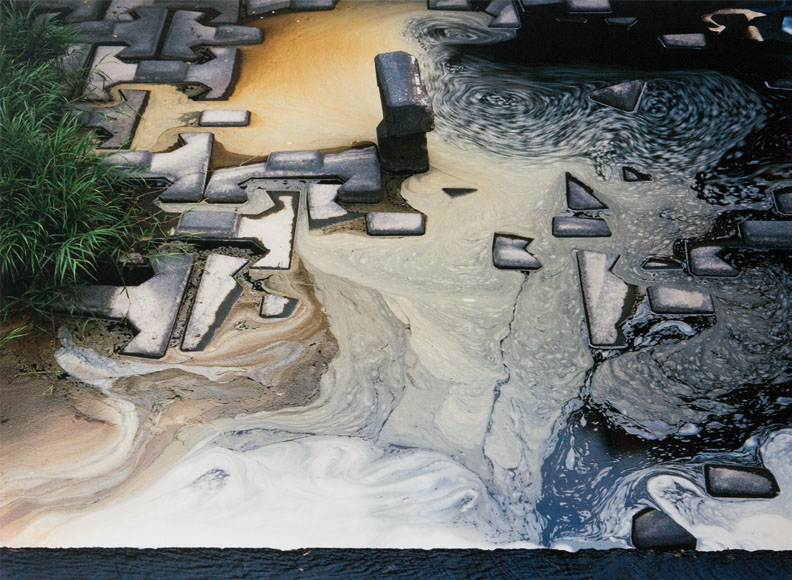Japan Museum SieboldHuis
The SieboldHuis is named after Philipp Franz Balthasar von Siebold (1796-1866), surgeon major in the Dutch East Indies Army and Dutch diplomat in Japan. In his capacity as general practitioner Siebold gained access to many everyday household goods, woodblock prints, tools and handcrafted objects, and thus he started his extensive ‘Japan’ collection, later expanding it to include plants, seeds, and rare animals. Siebold settled in the house on Rapenburg 19 (Leiden, the Netherlands) and it was in this location that he showed his collection of Japanese objects and artefacts to an interested public. Today, after more than 150 years, his former house is the first official Japan centre in the Netherlands. Two special exhibitions have been planned at the SieboldHuis this summer, as part of the Leiden Asia Year (see pp.44-45): ‘Tōhoku Girls’ and ‘The Constructed Landscape’.
Tōhoku Girls. Kokeshi dolls from Japan
23 June – 3 September 2017
This summer Japanmuseum Sieboldhuis will host approximately three hundred traditional wooden dolls from Japan. These pretty kokeshi, with their brightly painted clothes and expressive faces, were all hand-made by skilled craftsmen in the north-east of Japan, in a region of volcanic mountains, hot springs and forests called Tōhoku. These dolls are widely collected for their simple charm and the variety of character shown in their different facial expressions. The careful observer soon learns to recognise the eleven different strains and the variety of painted patterns handed down through generations. There are currently about 150 kokeshi artisans and during this exhibition a film will be shown of one famous maker, demonstrating how these special dolls are made.
The Constructed Landscape. Photos by Shibata Toshio.
16 June – 3 September 2017
Experience the Japanese landscape through the eyes of Shibata Toshio. Large-scale highways and civil engineering constructions set in uninhabited regions are transformed into mysterious vistas in his contemporary photography. This internationally renowned landscape photographer illustrates the tension between human intervention and the strength of nature. Shibata’s perspective takes the viewer beyond the functionality of these structures and shows them the aesthetics of the infrastructure. His compositions illustrate how nature (weather, corrosion, erosion, water currents and landslides) reclaims damage done by human intervention. Shibata’s photos, taken with a large-format camera exude an atmosphere of fantasy void of references to time, place and scale.
Japan Museum SieboldHuis
Rapenburg 19, 2311 GE Leiden, Netherlands
+31715125539; info@sieboldhuis.org
www.sieboldhuis.org/en



